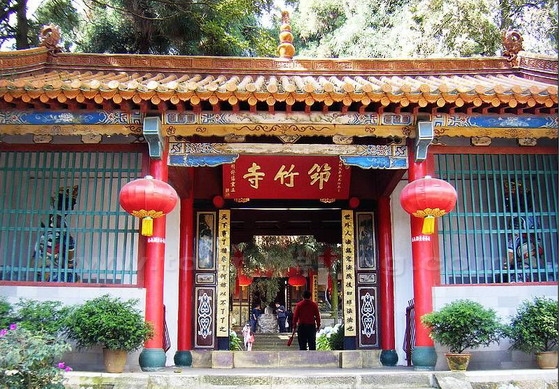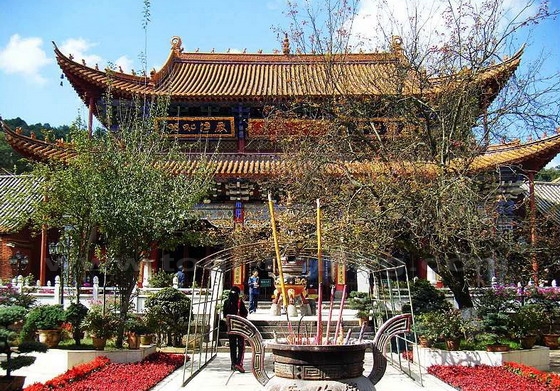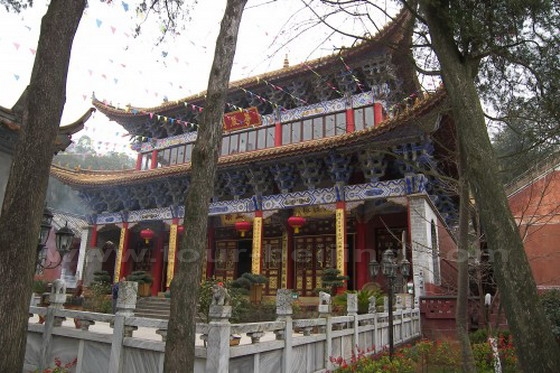Bamboo Temple is an Invaluable Part of China’s Glorious Past
Templeshave been the symbols of history acrossSoutheast Asia. With these religious places holding importance among the people of the community, history has been preserved along with them through centuries. TheBambooTempleinChinais one of the most important temples inYunnanProvince. It has a history of over 1000 years and it boasts of some of the most fabulous artwork from the eras gone by. If one wishes to learn about the culture, this is a great place to start.
Origin of Bamboo Temple
One of the most important and prominent features of China travel is the presence of temples in the country.Temples have historically been places of importance inSoutheast Asia. In the past, many civilizations arose that predominantly followed Buddhism in many forms and hence temples became a part of Chinese life. Also a lot of Chinese people believe in worshipping their ancestors and there are temples made for them too.
Though today the economic development has paved way for modern life in lieu of the traditional one, yet Chinese people have ensured that their traditions remain preserved. As a result, many temples which were built centuries ago have become a part of the national heritage. These temples today stand with the same glory as they stood when they were built.
When students go to Chinafor Chinese language programs or gap year jobs, they try to understand the neo-oriental culture which was hidden from the world for centuries. One of the best ways to do this is to study the historic temples.Temples have been respectable places where people donated riches and valuables. These valuables, especially gold and silver never left the temples. Therefore they serve as a storage house of chronicles of the past, and one can learn about people who visited the temple, in the form of folklore or artifacts that were donated. Also the way the temples are constructed gives them their unique identity.
Anyone who travels to Yunnanfor learning Chinese or for volunteering will have the opportunity to see temples of many varieties and forms. One of the most prominent among these is the Qiongzhu Temple which is popularly known as the Bamboo Temple. Lying on the Yu’an Mountain, northwest of Kunming, this temple has a history of over 1000 years. What is seen today is not what was first built in the 9th Century AD. Since then the temple has been burnt to the ground numerous times and another one has been built in its place. The current structure has been standing since 1912.
In reference to the construction of the original temple, legend says that this area did not have a lot of vegetation. A long time back, two warrior princes were hunting a rhinoceros which disappeared in front of their eyes. When they looked for it, they came across monks who also vanished after leaving their sticks stuck in the ground. Soon that place was filled with bamboo plants. The brothers were mystified by the whole act and built the temple in the honor of the monks.
Architects from across the world come to visit theBambooTemple. The temple houses clay sculptures of 500 Buddhist Arahats. These were built between 1875 and 1909 during the reign of Qing emperor Guangxu. Each of these sculptures is 1 meter tall and the distinctness of features of each of these Arahats is breathtaking. Every single one of them is in a different pose adding a lot of versatility.
The Bamboo Temple is mainly composed of the Temple Gate, the Mahavira Hall and the Huayan Pavilion.
The Bamboo Temple Gate

The Mahavira Hall (Da Xiong Bao Dian) houses the 500 Human-sized Arahats


Huayan Pavilion, a Qing Dynasty Style architecture






